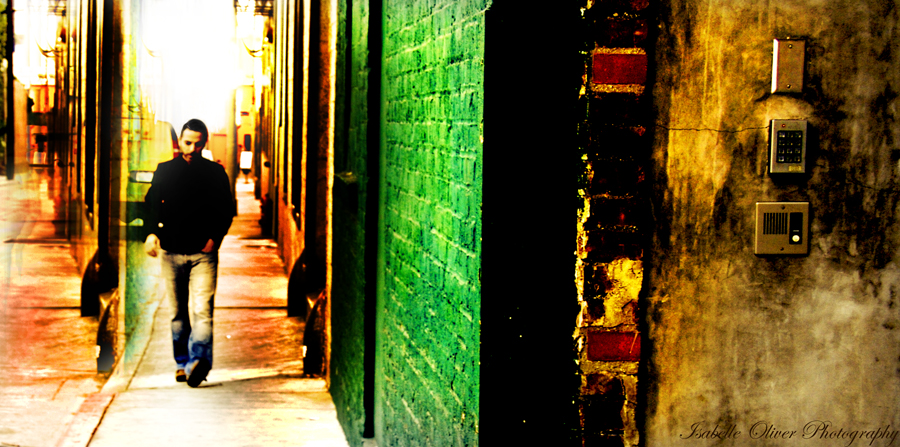Cakewalk’s CTO Noel Borthwick sheds some light on the features “under the hood” in SONAR 8.
*Note that this list is not a substitute for the official feature list & other features already documented in the SONAR 8 manual. Rather it is a list culled from Cakewalk’s Engineering Department*
Enjoy!
Performance optimizations:
Although every version of SONAR we shipped in the past had some degree of optimization work, SONAR 8 is the first version of SONAR to which we applied the same engineering process to performance optimizations as we do with other more user visible features. i.e. we established goals, built a specification for the optimizations, split up the work into milestones and tracked the progress of these tasks just as we do for other features. To make testing more deterministic, we devised various internal profiling tools in order to track and measure changes in performance across a variety of hardware platforms on XP as well as Vista.
Systems tested included brand new cutting edge platforms from Intel and AMD as well as earlier generation machines.
We split up this work into the following classes of performance enhancements for SONAR 8:
1. CPU and kernel level optimizations – use less of your CPU to do the same amount of work
2. User Interface optimizations – faster drawing, scrolling, zooming
3. Driver level optimizations – more efficient access to drivers, minimizing driver state transitions
4. Vista OS specific optimizations – Better use of MMCSS thread priorities, support for custom MMCSS task profiles, new WASAPI support
5. Audio engine optimizations – optimize “hotspots” in our bussing, streaming and mixing code
As a result of all these changes, SONAR 8 has the following benefits:
– greatly minimized kernel usage. This helps provide more “kernel bandwidth” to drivers who need it the most. More kernel bandwidth translates into less potential for audio glitches.
– Lower CPU usage – translates to better performance at low latency
– More efficient use of audio drivers – esp with ASIO drivers
– Better performance on Windows Vista esp X64. Many of the complaints of Vista performance as compared to XP have been solved with SONAR 8. X64 low latency performance should now be on par with X86.
– Faster application launch
– Less flicker in GUI. Track view splitters no longer flicker when resizing.
– More responsive zoom and scroll with large projects. Zooming with wave files now uses 1/2 the RAM with 24-bit or less stereo or mono files used.
– Better meter performance.
– Improved thread scheduling by insuring threads are properly distributed on processors.
This link shows the overall benefits of SONAR 8 as compared to SONAR 7: http://www.cakewalk.com/Products/SONAR/English/benchmark.asp







